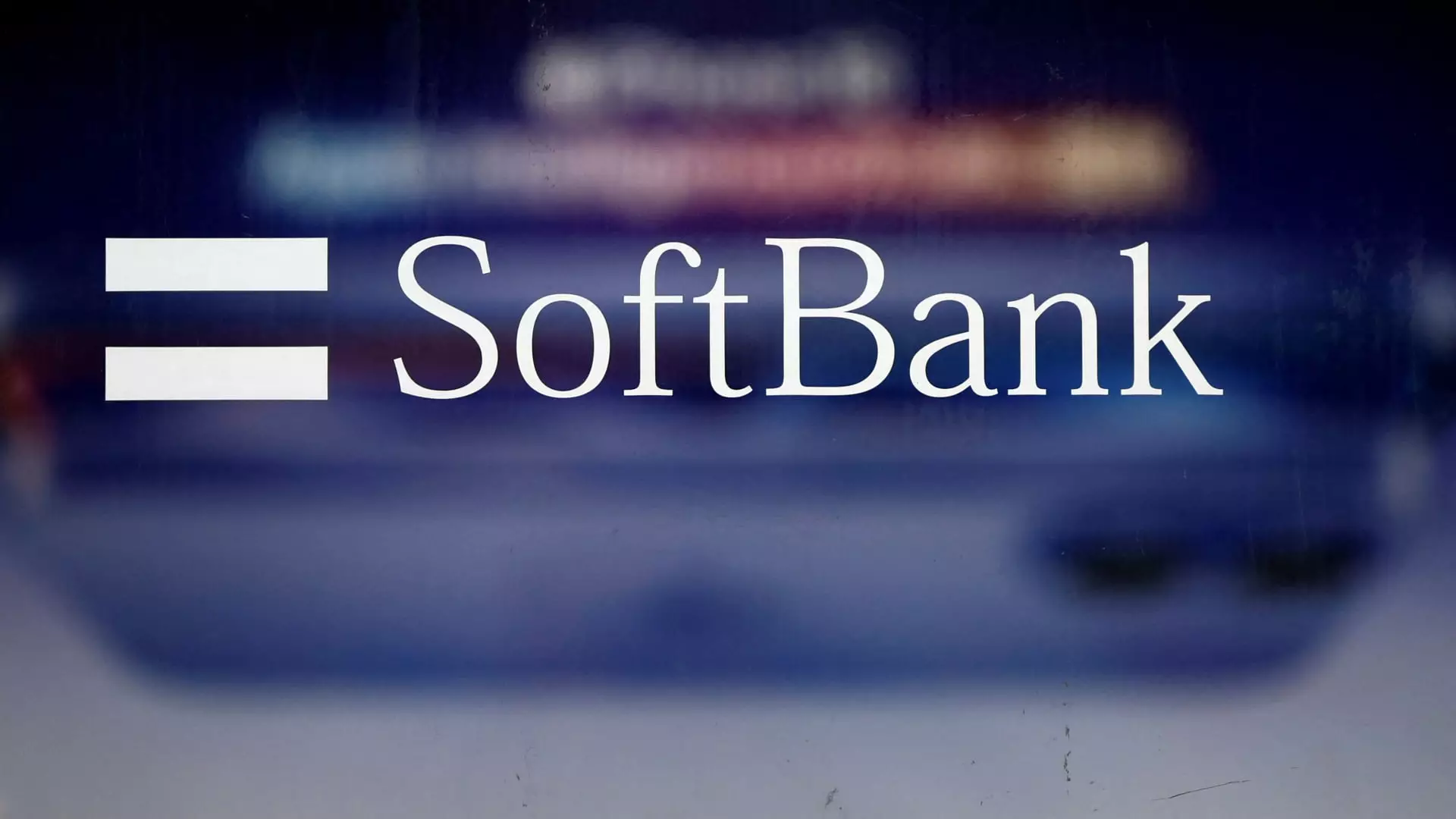In a surprising twist, SoftBank Group, the Japanese telecommunications and investment powerhouse, has revealed its financial report for the fourth quarter, exposing significant losses amidst a broader investment strategy in its Vision Funds. The dismal financial performance, which included an unexpected net loss and lower revenue than anticipated, highlights the volatile nature of the tech investment landscape and the intricate challenges facing one of the world’s leading venture capitalists.
SoftBank’s quarterly report showcases a stark departure from its previous performance. With reported revenue of approximately 1.83 trillion yen, the company fell short of analysts’ expectations of 1.84 trillion yen. This underperformance is compounded by a staggering net loss of 369.17 billion yen ($2.4 billion), contrasting sharply with a profit of 298.53 billion yen in the same period last year. Notably, these financial discrepancies raise questions about the overall investment strategy of SoftBank and whether its Vision Funds, once a source of consistent gains, are more of a liability now.
The Vision Fund’s results are particularly concerning. The investments recorded a loss of 352.75 billion yen for the quarter ending December 31. This downward trend was unexpected, given that the fund had previously reported two consecutive quarters of gains. In addition, the overall Vision Fund segment, which accounts for various administrative costs and currency fluctuations, reported a loss tallying 309.93 billion yen. This indicates a substantial decline in asset value and raises alarm bells about the sustainability of such high-risk investments.
A significant factor contributing to SoftBank’s financial challenges is the performance of its portfolio companies. The company’s Vision Fund 1 experienced a 2.1% drop in the value of its public portfolio, a decrease largely attributed to declining shares of e-commerce giant Coupang. Moreover, investments in private companies did not fare better, reflecting a 3.3% downturn. Overall, the fair value of the Vision Fund 1 portfolio decreased by 2.8% from the previous quarter, while Vision Fund 2 saw a more marked reduction of 3.7%. The downturn is particularly pronounced for public firms such as Ola Electric Mobility and AutoStore.
Countering these losses, however, was the notable uptick in Swiggy’s stock price following its listing in November 2024. Yet, such gains were not sufficient to outweigh the significant downtrends across SoftBank’s broader portfolio, causing investors to question the company’s future strategy and execution.
Amidst these financial difficulties, SoftBank seems to be pivoting its investment focus toward the burgeoning field of artificial intelligence (AI). With aspirations to capitalize on the AI boom, the company is reportedly in advanced negotiations for a substantial $40 billion investment in OpenAI, which is poised to become its primary backing. Such a move would position SoftBank ahead of major competitors like Microsoft, which currently holds a significant stake in the AI sector.
This calculated risk demonstrates SoftBank’s attempt to realign its investment strategy with emerging technological trends, particularly those driven by soaring demand for AI solutions and related data processing technologies. The company’s emphasis on AI comes as it acknowledges the need for a more robust and forward-thinking investment approach, especially as the market remains littered with the remnants of previous high-risk ventures that have failed to deliver expected returns.
SoftBank’s recent financial revelations present a mixed bag of troubling losses and optimistic prospects for a sustainable future through AI investments. As it grapples with significant challenges within its Vision Funds, the company’s strategic shift toward the AI market may signal a pivotal moment in its trajectory. The success of this new direction will largely hinge on SoftBank’s ability to execute its reinvigorated strategy effectively while navigating the complex landscape of modern technology investments. As the company plays a delicate balancing act between recovery and innovation, stakeholders will be watching intently to see if this bold recalibration can lead to the resurgence of its once-carting fortunes in venture capital.


Leave a Reply